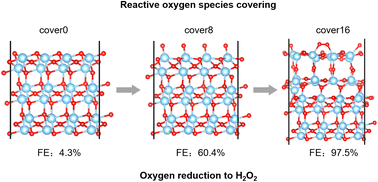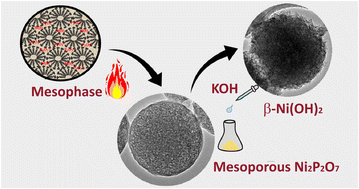J. Mater. Chem. A, 2023, Advance Article
DOI: 10.1039/D3TA05136F, Perspective
DOI: 10.1039/D3TA05136F, Perspective
Divyani Gupta, Alankar Kafle, Sukhjot Kaur, Tharamani C. Nagaiah
Ammonia (NH3) production by N2 reduction is deemed as a green revolution in the fertilizer industry. The choice of optimal electrolyte is necessary to interpret the actual future of NH3 production i.e. either aqueous or non-aqueous?
To cite this article before page numbers are assigned, use the DOI form of citation above.
The content of this RSS Feed (c) The Royal Society of Chemistry
Ammonia (NH3) production by N2 reduction is deemed as a green revolution in the fertilizer industry. The choice of optimal electrolyte is necessary to interpret the actual future of NH3 production i.e. either aqueous or non-aqueous?
To cite this article before page numbers are assigned, use the DOI form of citation above.
The content of this RSS Feed (c) The Royal Society of Chemistry

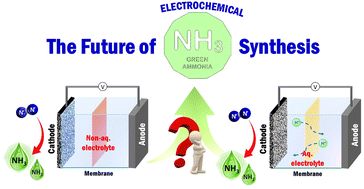
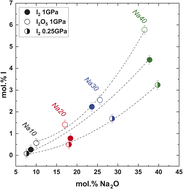
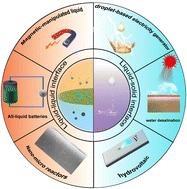
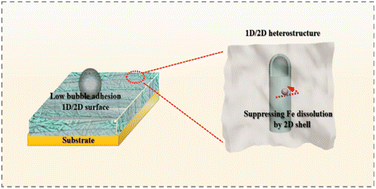
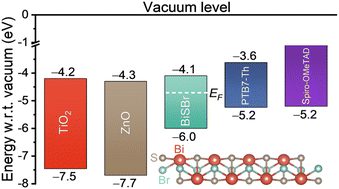
 Open Access
Open Access

